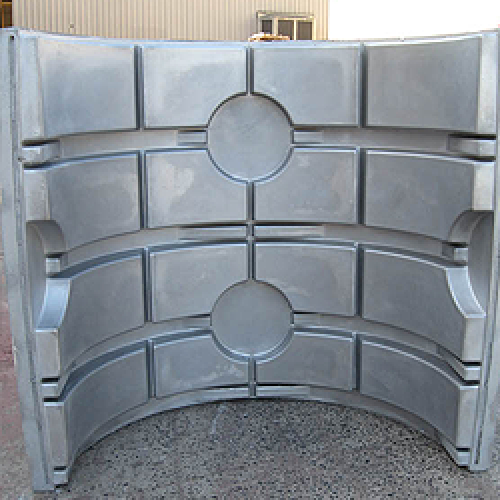If a castings buyer has been seduced by a particular fabrication process, there’s a good chance he’s looking at a product shaped by a rotomould cycle. Short for rotational moulding, the manufacturing technique leverages key axial forces, using those forces to uniformly distribute a soft metal until it forms a seam-free geometrical outline. As non-ferrous metal casting technology goes, this is an upper-echelon design practice, one that highlights durability while minimising cost.
Accentuated Radial Fabrication
A fiery heat source has always been a defining part of a foundry environment. The heat partners with source metals and patterns, physical parts that rely on gravity-fed systems and pouring crucibles. Rotomould manufacturing stations deviate from this principle. Instead of gravity, the hollow mould is rotated about two principal axes, hence the label associated with the method.
Distributing Non-Ferrous Metal Casting Forms
Iron-free metals are heated and softened until they enter a semi-viscous state. The softened metal occupies an amorphous bulge on the surface of the mould, which means it’s time to direct the rotating mechanism, the one that cradles the mounted hollow form. A biaxial pattern takes hold, moving the hollow segment around and around at a set speed until the characterless metal spreads out to evenly coat every square millimetre of the mould.
Rotomould advantages
- Seamless hollow parts
- Geometrically accurate and formed in a single pass
- Relative low cost
- Stress-free processing technology
- Uses a Multilayer and insert-compatible methodology
Scope and Function
The technique is designed for hollow components, parts that are open on one end, but the area of coverage can be quite extensive, leading to industrial-grade products on a mammoth scale. Additionally, wall thickness and surface consistency are two essential factors here, and both dimensional attributes are easy to control, no matter how far the edges of the component stretch. And, perhaps of even more importance, the moulds are quite capable of adopting composite shapes. Curved split-engine housings quickly submit to indented edges and raised pipe-distributing metal guides, the non-ferrous parts that dominate aluminium and other iron-free industrial complexes.
In holding a non-ferrous metal casting, an engineer quickly evaluates the part for detail and accuracy. It’s a one-piece asset, a part that is free of welds and cuts. No stress has been added to the component due to a tooling stage, which, judged as a compelling feature all by itself, equals a highly desirable product.


